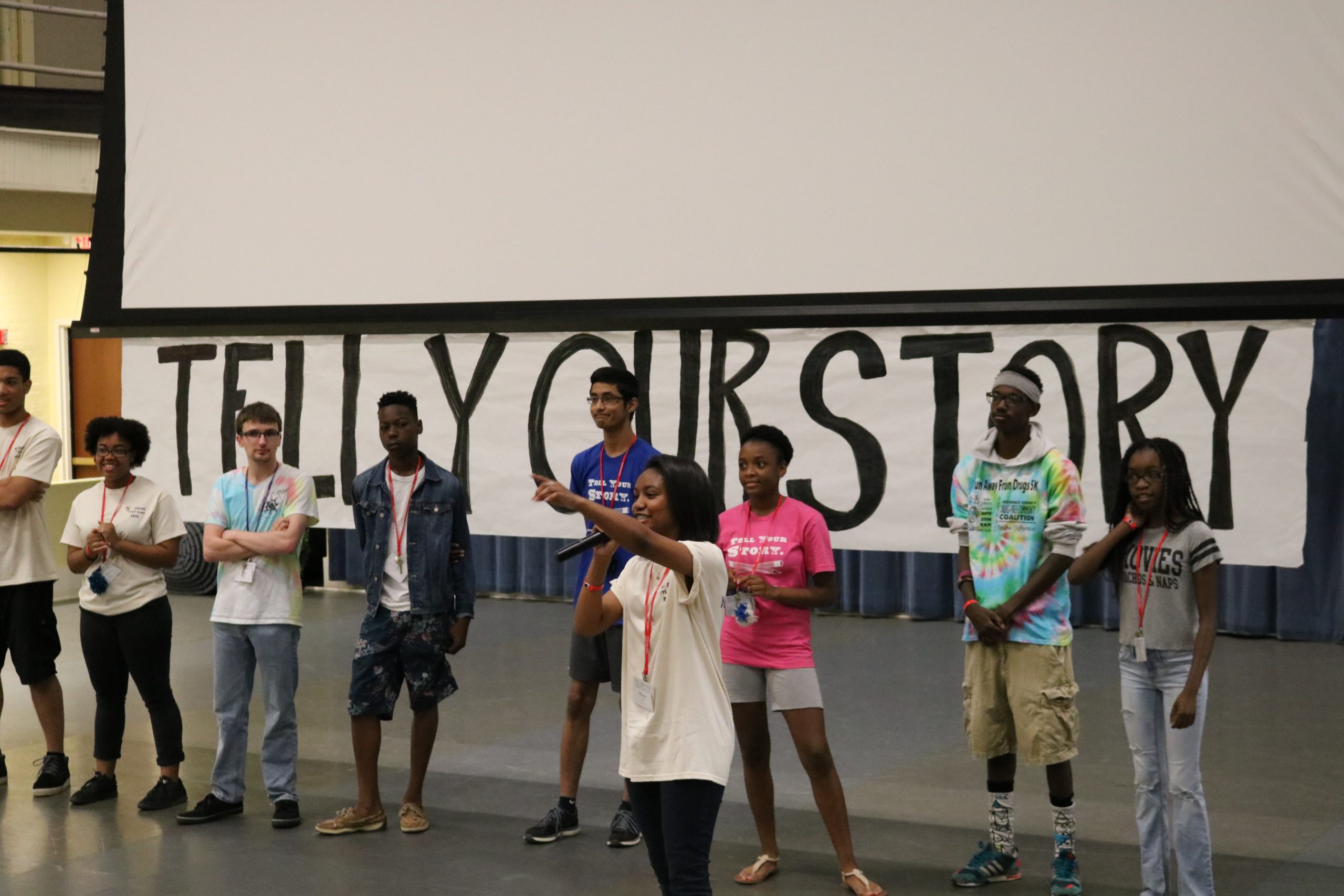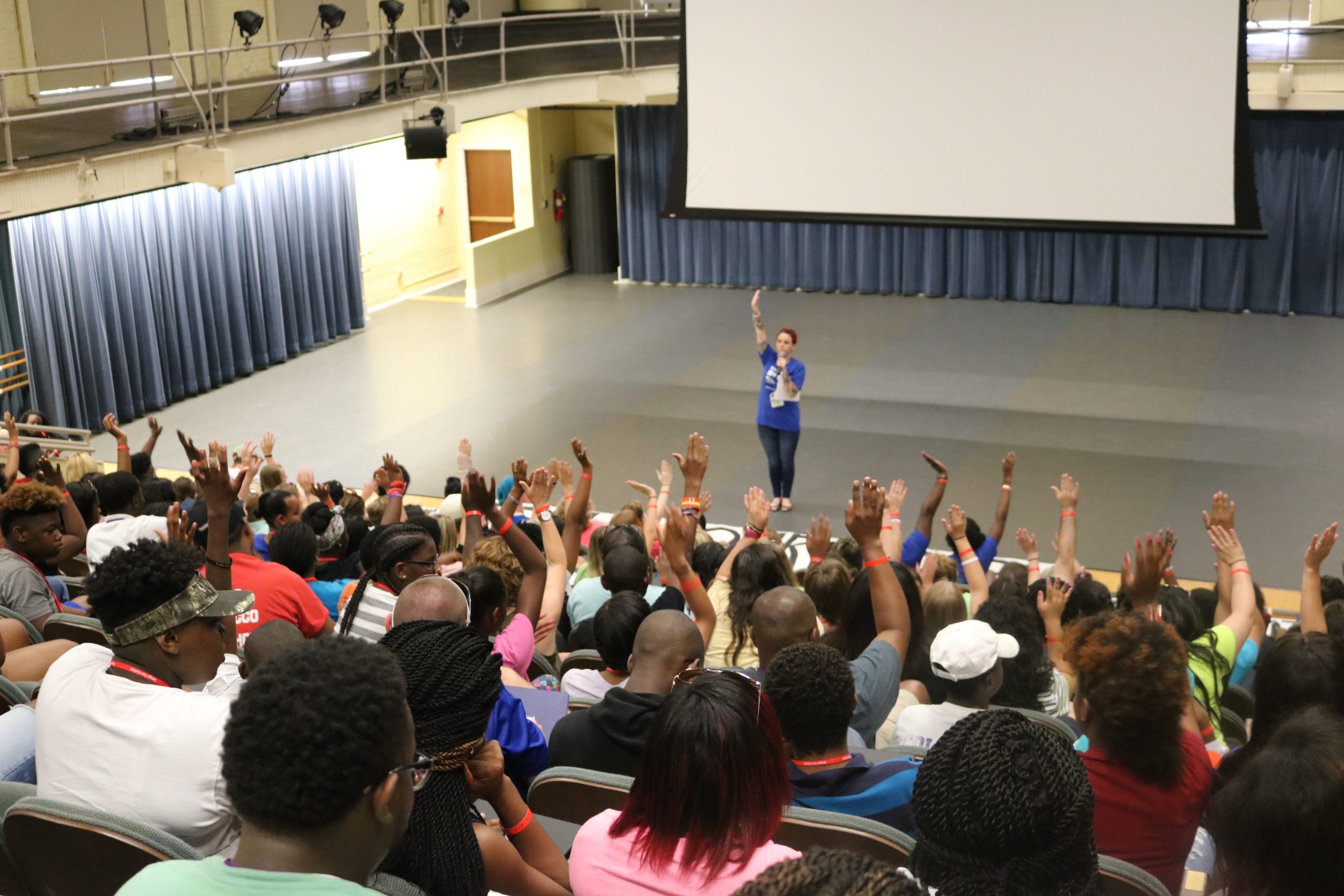Are you looking for a great exercise to teach youth about the impact of their choices? The Destructive Decisions Assembly, created by Gwinnett County’s Parkview High School SAVE/SADD team may provide just the answer! Although the cost effective exercise can take up to one month to plan, planning and implementation steps are both simple and can be executed at any time throughout the year.
Central Message and Goal
The Destructive Decisions Assembly is aimed towards helping youth learn how life experiences can be affected by the decisions they make. The assembly entails having middle school students listen to the personal stories of high school students from their community related healthy choices and destructive behaviors. The ultimate goal of the assembly is to use the personal accounts of peer role models to emphasize positive decision making.

Planning Steps
- Contact middle and high school administrators or health teachers in your community. Share with them the vision of having a few high school students share with their students, and discuss with them the best format and environment to do so (health classes, homerooms, assemblies, etc.). Other questions to think about are: Will the assembly take place at the middle school or high school? Which middle or high school grades will participate in the assembly?
- Plan the dates, times and other logistics for the presentations. Work with members of your high school Youth Action Team (YAT) who are interested in making the presentations. These students should each have a personal story relating to destructive decisions in their life (drug use, violence, etc.). They can be personal experiences or those of their loved ones. Ask presenters to practice their stories in front of your Youth Action Team, and ask the YAT to provide constructive feedback.
Implementation Steps
 At the actual presentations, keep these helpful hints in mind to make them the most effective:
At the actual presentations, keep these helpful hints in mind to make them the most effective:
- Have presenters dress nicely!
- Bring other team members to help with crowd control.
- Make the presentation interactive (if possible) by asking questions.
- Distribute information about your high school Youth Action Team and invite the middle school students to join when they are in high school.
- Bring a few door prizes to give out!
Evaluation
Record the number of students who hear the presentations. Consider surveying them over the next few years to track their decision making.
Your team can make a difference and prevent others from making harmful, destructive decisions. Start planning your project today!
For more information about planning a Destructive Decisions Assembly, please contact Michael Davis at michael@guideinc.org.
